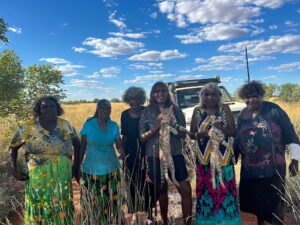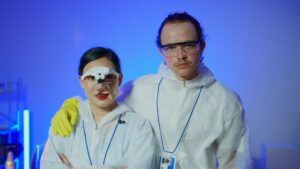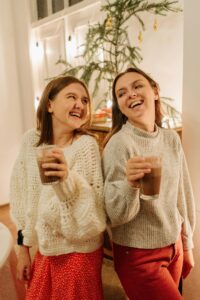Imagine suddenly losing control of a limb or your ability to communicate.
And while this happens, excruciating pain spreads across your head.
This was Joanna’s experience when she had a stroke at the age of 44.
“I was sick 3 days up to having my stroke,” Joanna explains. “I had vomiting, headaches and was not making much sense when talking.”
“Three days later, I was sitting down and then it felt like my head was being squeezed between two vices. Excruciating pain.”
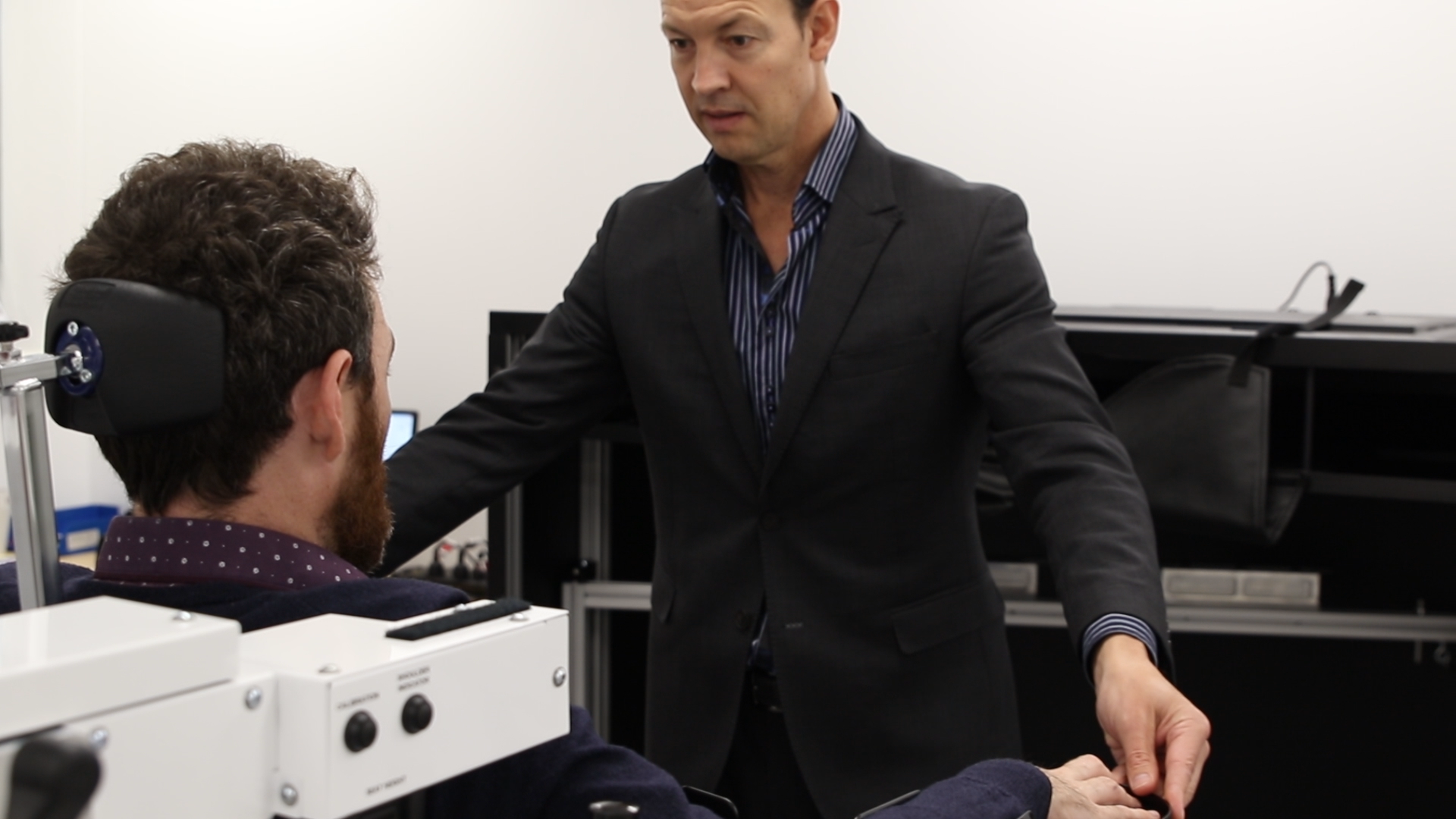
Risk factor
In Australia, strokes affect around 55,000 people a year and are the third most common cause of death and a leading cause of disability.
There’s a range of factors that increase the risk of strokes, including diet, exercise and high blood pressure.
But one of the most telling risk factors is, simply, age.
From the age of 45, the risk of a stroke in men is one in four, and for women, it’s one in five.
Fortunately, our knowledge of strokes and how to combat them has improved a lot in the past few decades.
A big part of the solution is getting help quickly, according to Edith Cowan University (ECU) Professor Dylan Edwards.
“If it’s the blockage of a blood vessel, it can be treated very well by anti-coagulant therapy that will break up the blood clot and restore the blood flow to the brain,” Dylan says.
“Typically, you notice somebody is having a stroke by them having issues with their speech or they have a weakness or funny sensation in one side of their body.”
“It’s imperative that you get them to the hospital quickly so that they can be treated.”
But surviving a stroke is only part of the journey, and with 65% of stroke survivors suffering from some form of disability, restoring motor skills is a critical part of rehabilitation.
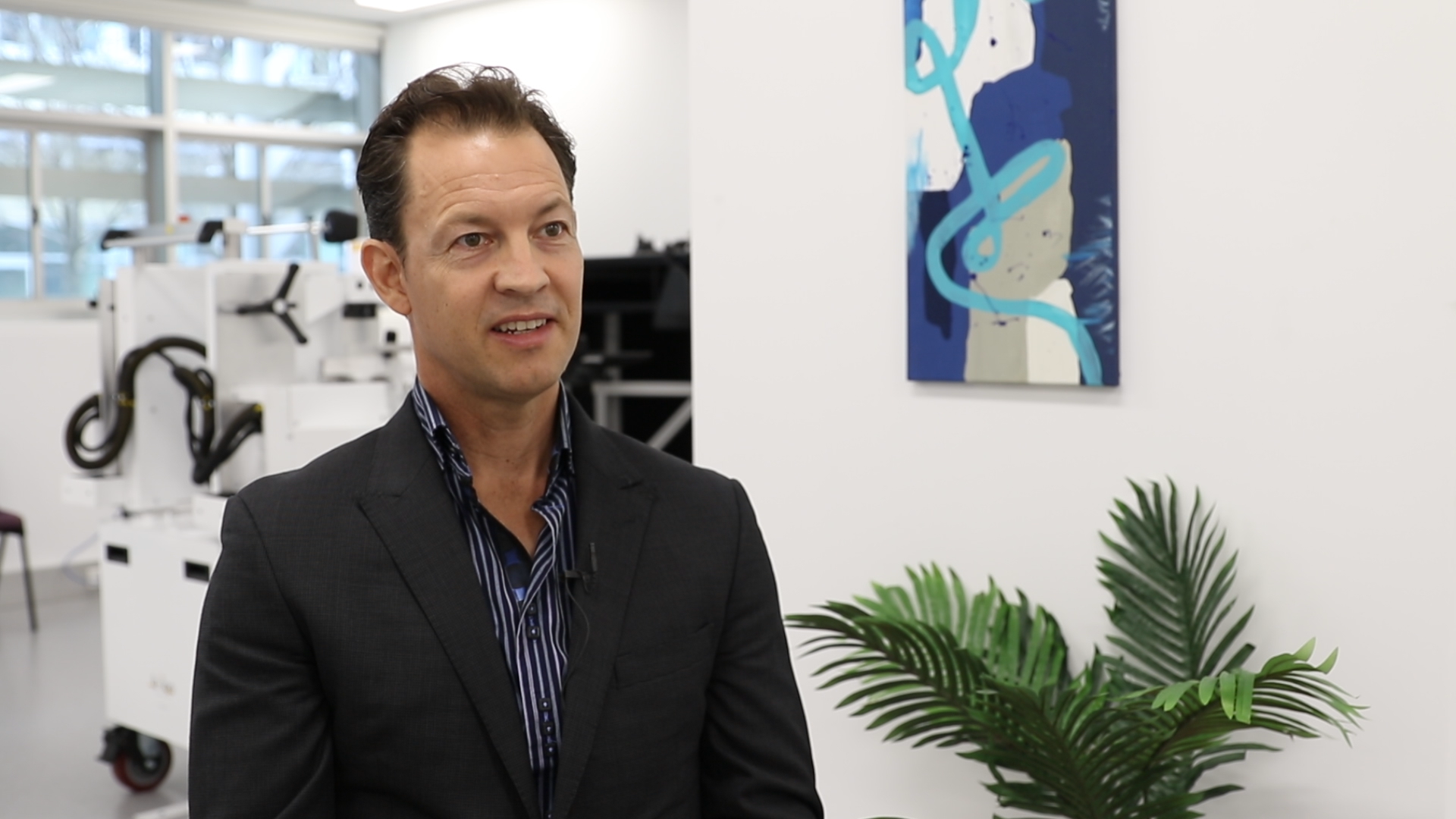
Road to recovery
Recovery from stroke can be a long and frustrating road for even the smallest paralysation.
For stroke survivor Joanna, the frustration she felt not being able to move normally made the recovery process even more challenging.
“The emotional side of having the stroke has affected me more than anything else,” Joanna says.
“You slowly get used to the fact that you can’t move your left side, and you know that you’ll get therapy. But when I had people come visit, when they left, I was in tears [out of frustration].”
Joanna eventually started to get some feeling back in her left side, just to her thumb at first.
“It was still a shock that I had lost all of that, so just a little bit of movement was enough to keep me going and stay motivated.”
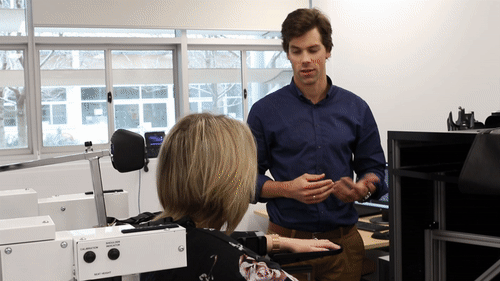
Fighting back with technology
At ECU’s Lab for NeuroRehabilitation and Robotics, Dylan and his team have been researching how to help people recover their motor control after a brain or spinal cord injury.
Part of their research focuses on understanding the recovery of stroke survivors, using a robotic sensory platform called the Kinarm Exoskeleton Lab.
“The Kinarm looks like a fancy piece of gym equipment,” Dylan explains. “You sit inside the device and position your arms on top of movable handles, and you’re wheeled into this virtual reality environment.”
For the user in the chair, it feels like you’re playing a series of games, moving the chair’s arms to get a response on the screen – such as bouncing balls off paddles.
But the real work is happening behind the scenes.
“All of this information is acquired by these high-powered computers and analysed for how the person is performing,” Dylan says. “This [helps] identify the precise proprioceptive issue with an individual stroke survivor so we can prescribe therapy more effectively.”
In simplest terms, the Kinarm helps identify issues where the user is telling their arm to move but the resulting movement is not what they were trying to do.
This could be an arm not extending the full distance or slower reaction times.
With strokes usually affecting one side of the body more than the other, the unaffected side can provide a good baseline for what their normal reactions should be.
But what if both sides of the body have been affected? The Kinarm can pick up on that too, detecting deficits in what would be considered the unaffected side and showing this in the test results.
R&R – Robotics and Recovery
For Joanna, using the Kinarm has been a challenging experience, even 3 years after her stroke.
“It actually made you concentrate more in the game to hit the balls coming down,” she explains.
“I think that made you use the brain to try and keep up with your eye, which it didn’t, but I gave it my best shot. I also noticed my peripheral vision has gone.”
“It highlighted for me the improvements I have got since my stroke, which is nice for me 3 years on to see how it was then to what I could actually achieve on the Kinarm now.”
The data collected helps doctors prescribe the most beneficial treatment for their patients, based on the results of the tests.
Whether it’s heading towards recovering the function in a limb or something as simple as the mobility of a single joint, Dylan believes even small changes are worth pursuing.
“Small changes in daily activity can be very meaningful. Things like cleaning under your armpit, reaching behind to a bra strap or a seatbelt, being independent at home,” Dylan explains.
“Some degree of independence – even though it might not be apparent to an onlooker or a carer – can be very meaningful for a patient.”
“Small changes that we have made in the past through prescribing therapies effectively are things like being able to stabilise yourself on the train and send a text message.”
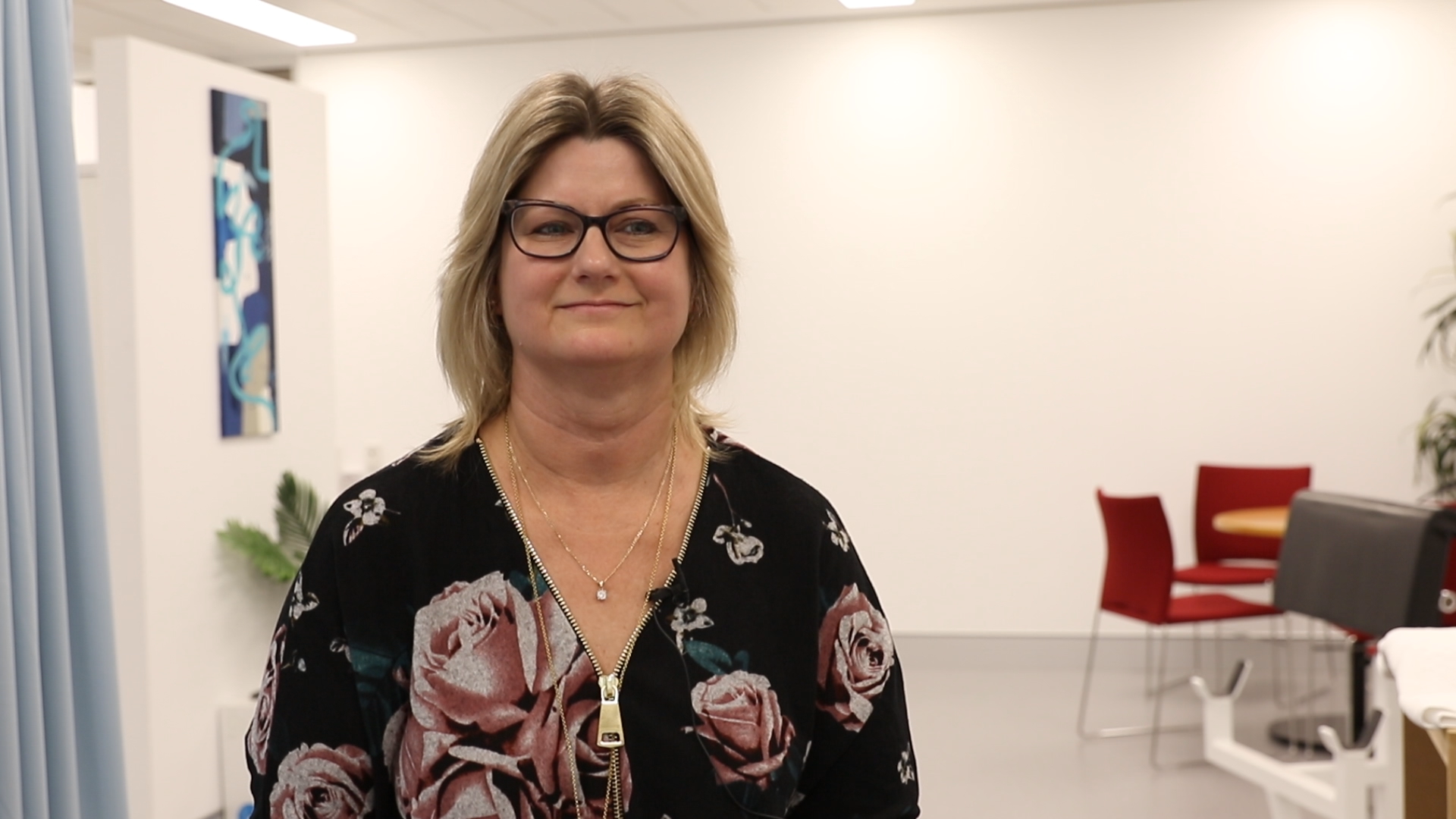
Recovering movement and lives
While full recovery from a stroke is not guaranteed, any improvement to quality of life can mean everything for survivors. Restoring simple movements can help patients build up their self-confidence to return to their everyday lives.
“Often stroke patients are in the older age bracket, and many of them are working,” Dylan says. “It’s very depressing to be disengaged from a functional work life, and going back to work might just be having the confidence of turning over a page of paper at your desk.”
“This can make a world of difference for patients.”
As we learn more about how the body and brain recover after these traumatic events, there’s hope we can find ways to better support those who have experienced extensive motor damage.
While there’s medication and training regimes to follow, at its core, it comes down to the drive to actively engage in recovering.
And even if it’s just through small victories, a spark from ECU’s Lab for NeuroRehabilitation and Robotics could help light the fire of determination in stroke survivors.


